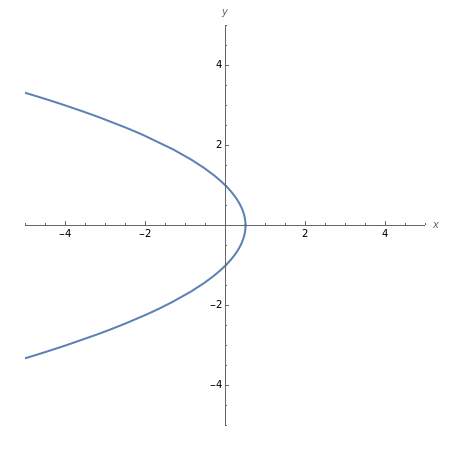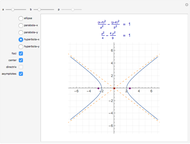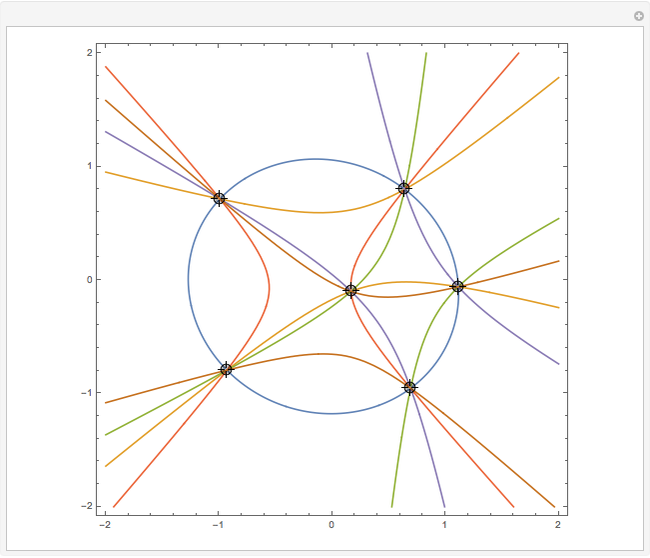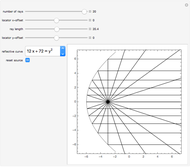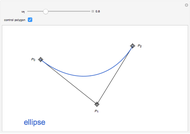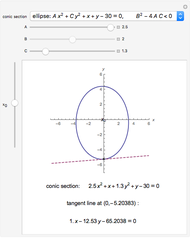Conic Section
Initializing live version

Requires a Wolfram Notebook System
Interact on desktop, mobile and cloud with the free Wolfram Player or other Wolfram Language products.
A conic section is a curve obtained by intersecting a cone (more precisely, a circular conical surface) with a plane. The three type of conics are the hyperbola, ellipse, and parabola. (The circle is a special case of the ellipse, and there are degenerate cases like a pair of intersecting lines, a point, a double line, etc.) In polar coordinates, a conic section with one focus at the origin and the other focus (if any) on the  axis, is given by the equation
axis, is given by the equation
Contributed by: Roberto Contrisciani (March 2011)
Open content licensed under CC BY-NC-SA
Snapshots
Details
Permanent Citation
